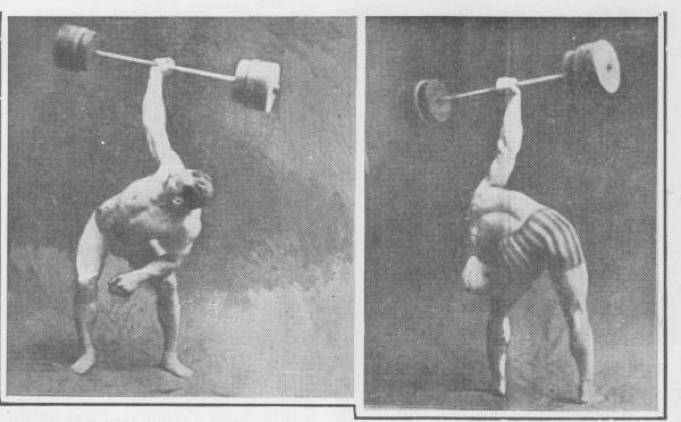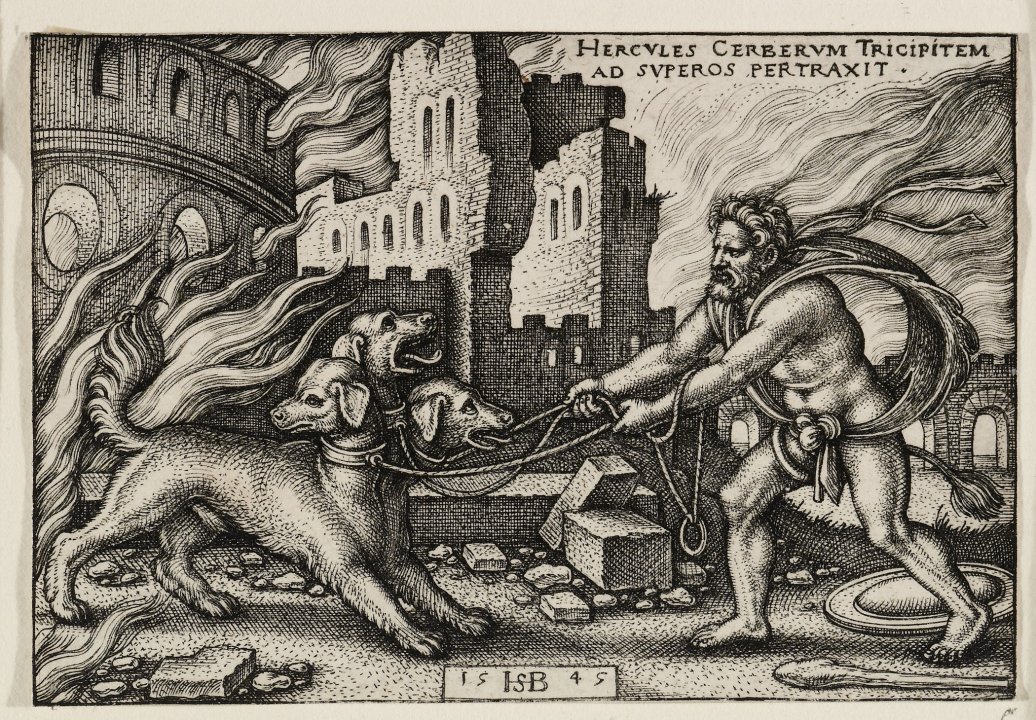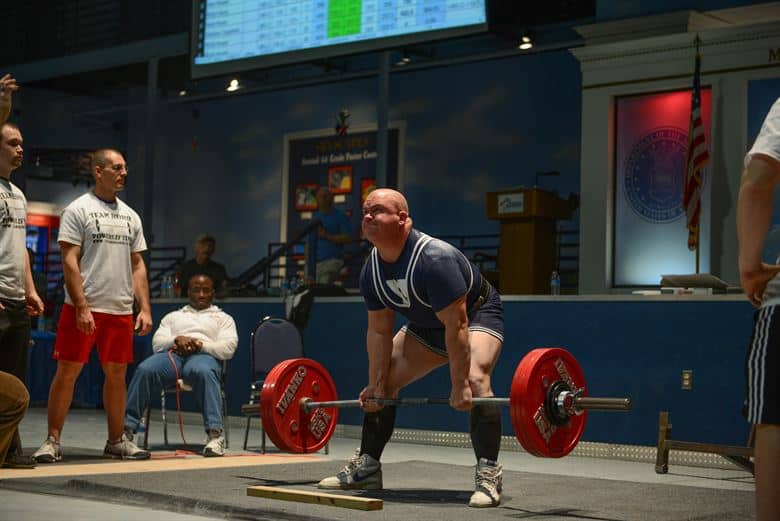The history of modern powerlifting can be traced back to Bob Hoffman, owner of the famous York Barbell Company, who financed the first unofficial weightlifting competition for non-Olympic “odd lifts” in the United States, although the general notion behind powerlifting – and lifting weights in general – is as ancient as any human civilization.
Our obsession with displays of strength and physical prowess certainly didn’t start in the 50s and 60s, and we were collectively fascinated by the limits of human physicality long before the first commercial gym became a reality.
The ancient Greeks, the ancient Indians, the ancient Egyptians, and the ancient Chinese were all obsessed with strength myths and displays of real strength, as were the Vikings and countless other tribes and nations throughout history.
Lifting Heavy Things Throughout History
Examples include the Icelandic, Scottish, and Japanese traditions of stone lifting – three separate cultures that decided that a fitting way to test a man’s strength would be to see what kind of rock he could lift onto his shoulders.
The Scots took this a step further with the historic Scottish Highland Games, with events such as the caber toss, the stone put, and the hammer throw. In Japan, the art of lifting stones for contest was applied into martial arts training in various martial arts schools, to the point that the Japanese developed a series of stone-and-wood weights to train with (including a “tan”, a wooden barbell with stone plates).
In Iceland, the tradition of lifting stones to prove one’s strength was anecdotally used to qualify men to work on fishing boats – the stone you lifted determined your pay. To earn full pay, you’d have to lift a stone weighing 154 kg (340 lbs) onto a hip-height ledge. A stone of 100kg (220 lbs) only qualified you for half pay.
In China, contests of strength were won through the deadlift, wherein participants would try and pull the most weight off the floor in the form of a heavy iron kettle. This was called “Kang Ding”, and the heaviest recorded lift at the time was 500kg. We have no way of knowing how such a lift is performed or if it really happened, but it records show that it was a popular sport among peasants and farmers. Another Chinese strength sport was Qiao Guan, which involved the lifting of an iron bar with stone weights.
In India, weightlifting featured prominently as a training system for “pehlwani” wrestlers. Ancient Indians lifted and swung heavy maces (“gadas”) and dumbbells for sport. These weren’t always heavy but could sometimes weigh upwards of a hundred pounds. Remember, you’re supposed to swing these around. This is like kettlebell training, but a bit more hardcore. Other exercises included basics like squats and pushups, performed with neck weights for additional resistance.
Modern Day Powerlifting
All these ancient practices of lifting stone and wood eventually led to the proliferation of the 18th and 19th century Circus-performing strongmen – men who were obsessed with myths of strength, and specialized in performing crowd-appealing feats of strength, from “backlifting” elephants, to leg pressing a car, to hip hinging a carousel with people on it.
Among these lifts, strongmen also competed in what they called the “odd lifts”, including the snatch, the bent press, the “knee bend” (later known as a squat), and the back press (which later gave birth to the bench press). These were performed with steel bars, to which weights were attached either in the form of plates or weighted spheres.
A common feat of strength was the highly technical bent press, which looks superficially like a one-armed overhead press, but is more of a clean and good morning with an extended arm. The barbell is loaded onto the shoulder by any physical means (a clean, or getting the barbell upright and rocking it onto the shoulders), and then the body is positioned under the bar so the arm can lock the weight out – rather than pressing it, you’re extending your arm while bending and contorting your body underneath the weight, before finally extending through the back and hips to come to a full stand.
These feats of strength eventually influenced the creation of the sport of weightlifting, which standardized three disciplines (one of which was later dropped) for Olympic competition: the snatch, the clean and press, and the clean and jerk.
The growth of weightlifting led to a new fascination with physical strength and prowess, and it contributed to a growing rivalry between the post-World War II superpowers of the USSR and the United States. The Olympics became an important battlefield for the two nations, and weightlifting was just one of several disciplines where both wanted to prove that they were capable of producing the world’s best athletes.
The Birth of Powerlifting
One of the men responsible for pushing American weightlifting to the top of the world in the 1950s was York Barbell’s Bob Hoffman, who believed that America’s values of democracy and capitalism would allow them to produce the best athletes.
But when foreign lifters began dominating the world of weightlifting in the 1960s, US interest in weightlifting started to wane. As the popularity of weightlifting continued to decline in the US, people began to turn their attention towards other “odd lifts”, of which the sport of powerlifting eventually emerged.
1964 marks the year of the first official powerlifting meet, organized by Hoffman’s York Barbell Company. Hoffman didn’t like the new sport initially but needed to make up for losses caused by weightlifting’s decline in the US. The sport of powerlifting began with the squat, the bench press, and the strict biceps curl, out of a selection of over 40 different odd lifts. The curl was eventually replaced with the deadlift, and the sport remained relatively lawless for years, as no official powerlifting-specific federation or regulatory body had yet been organized.
That changed in the 70s, with the formation of the International Powerlifting Federation, and other federations followed suit.





